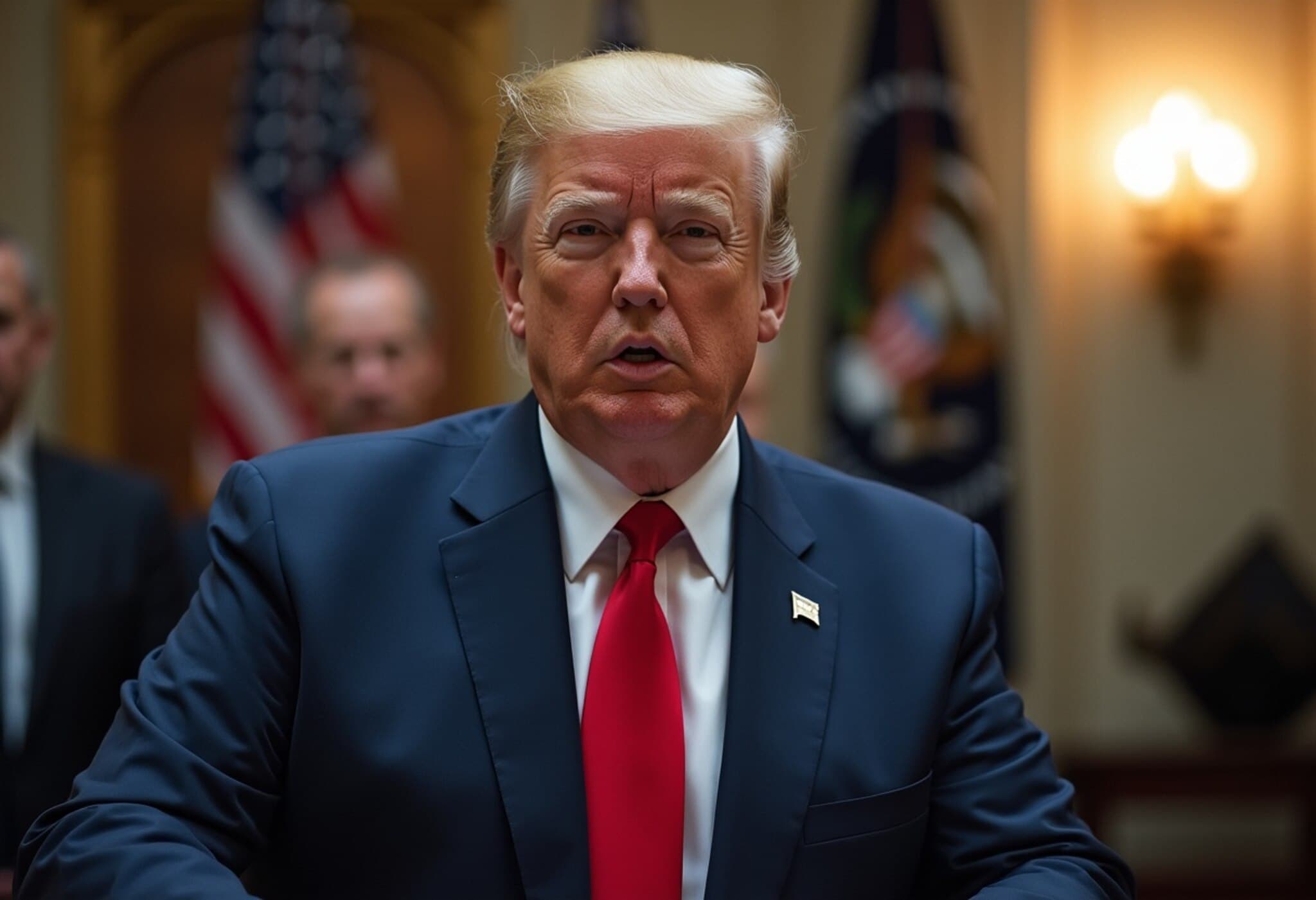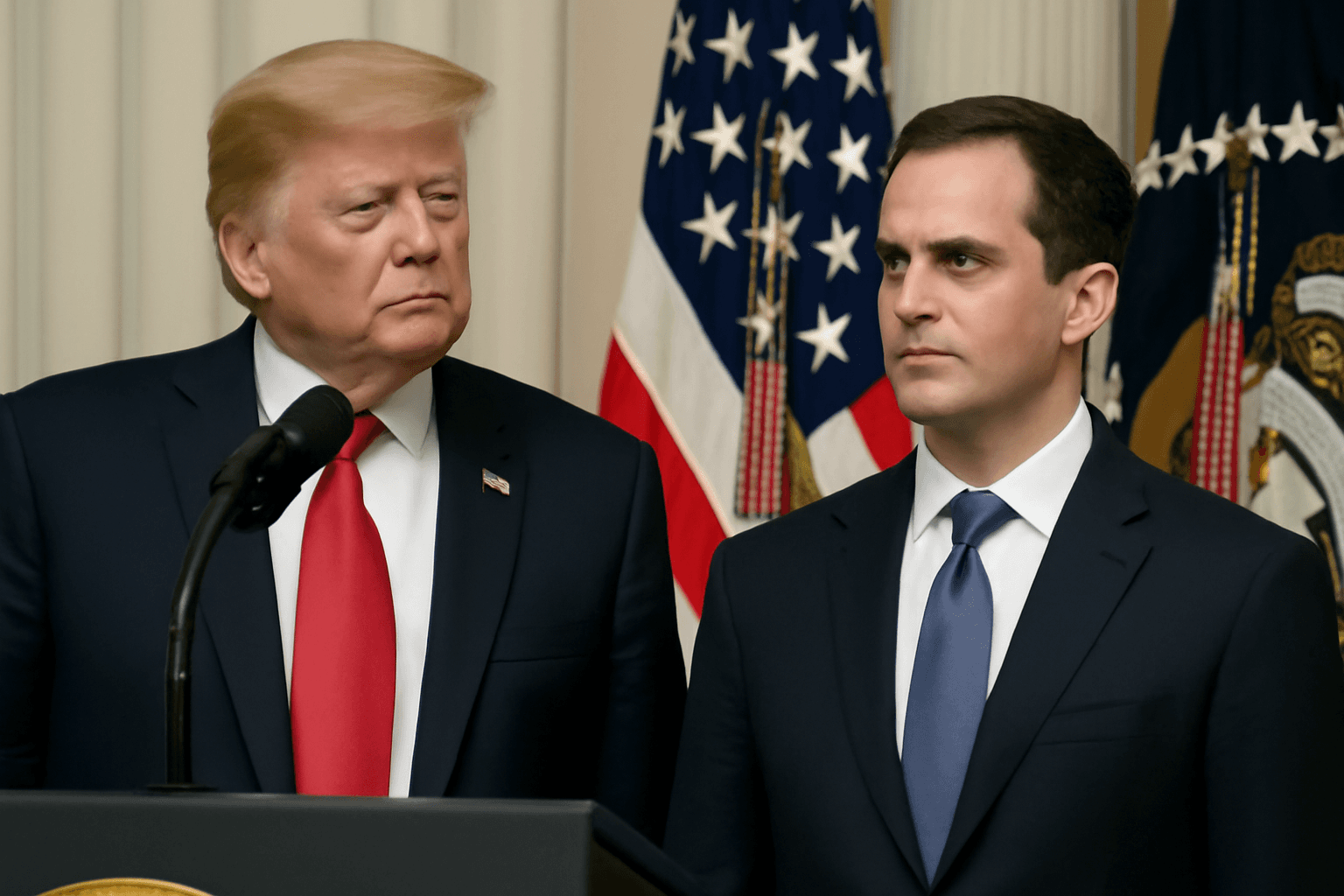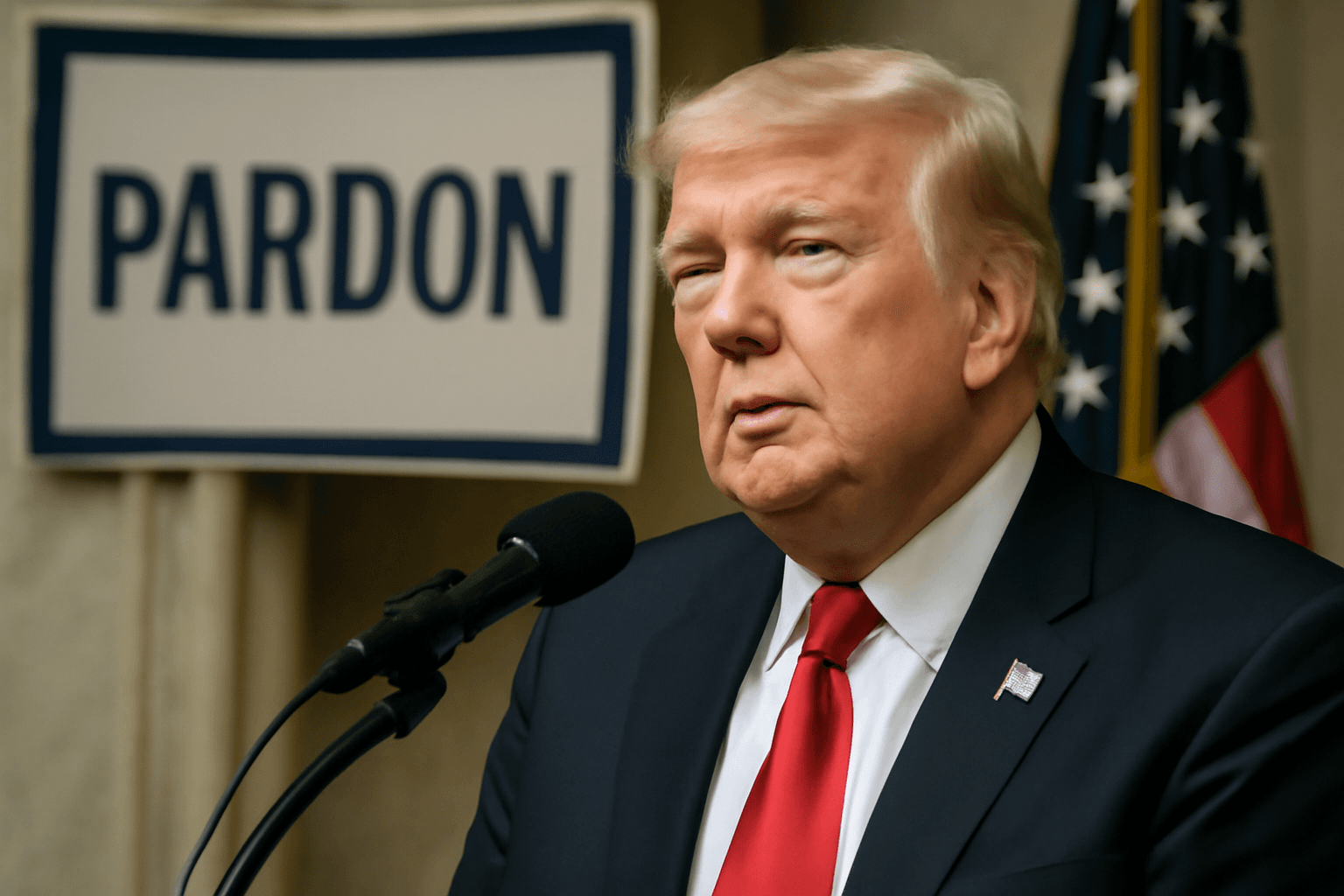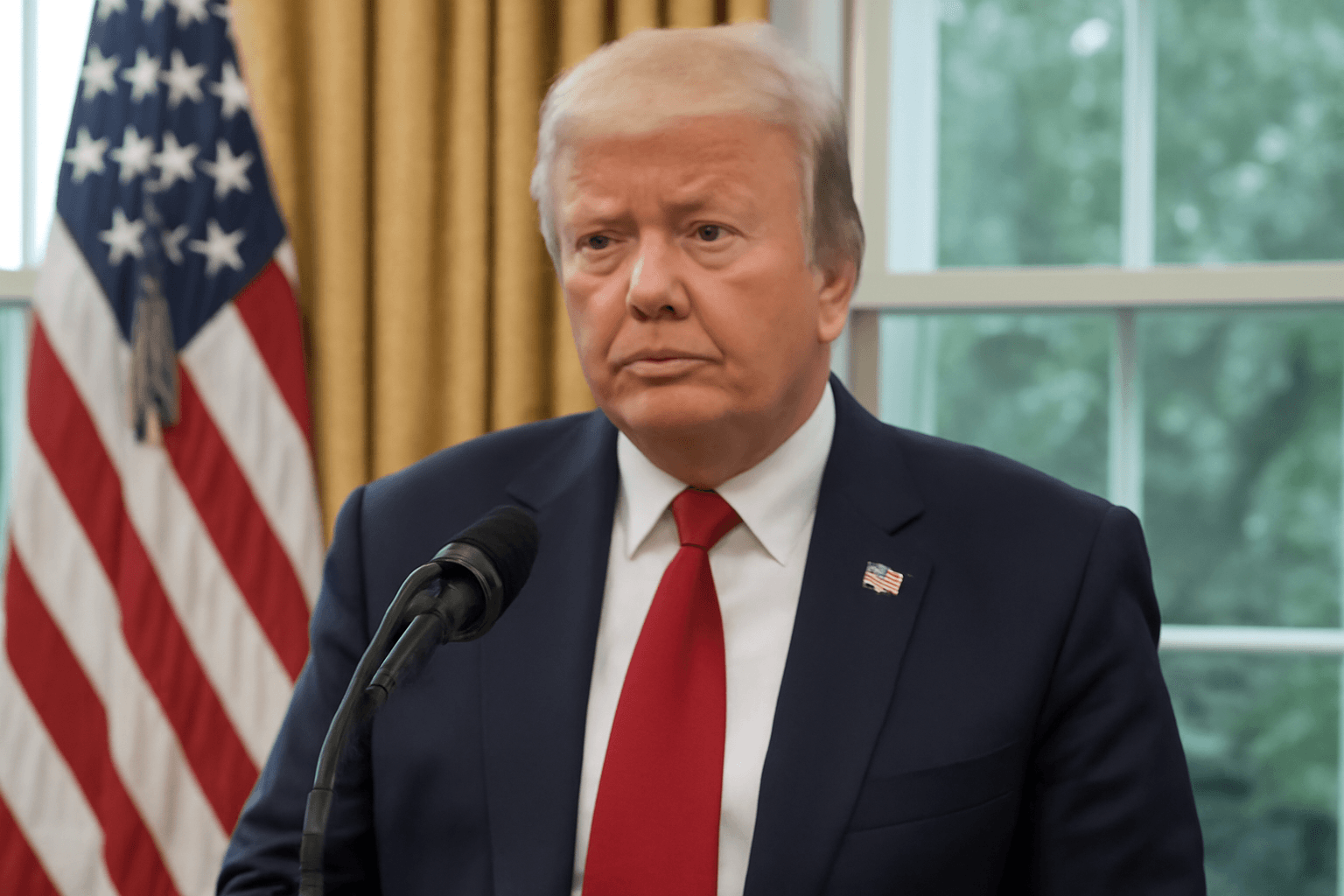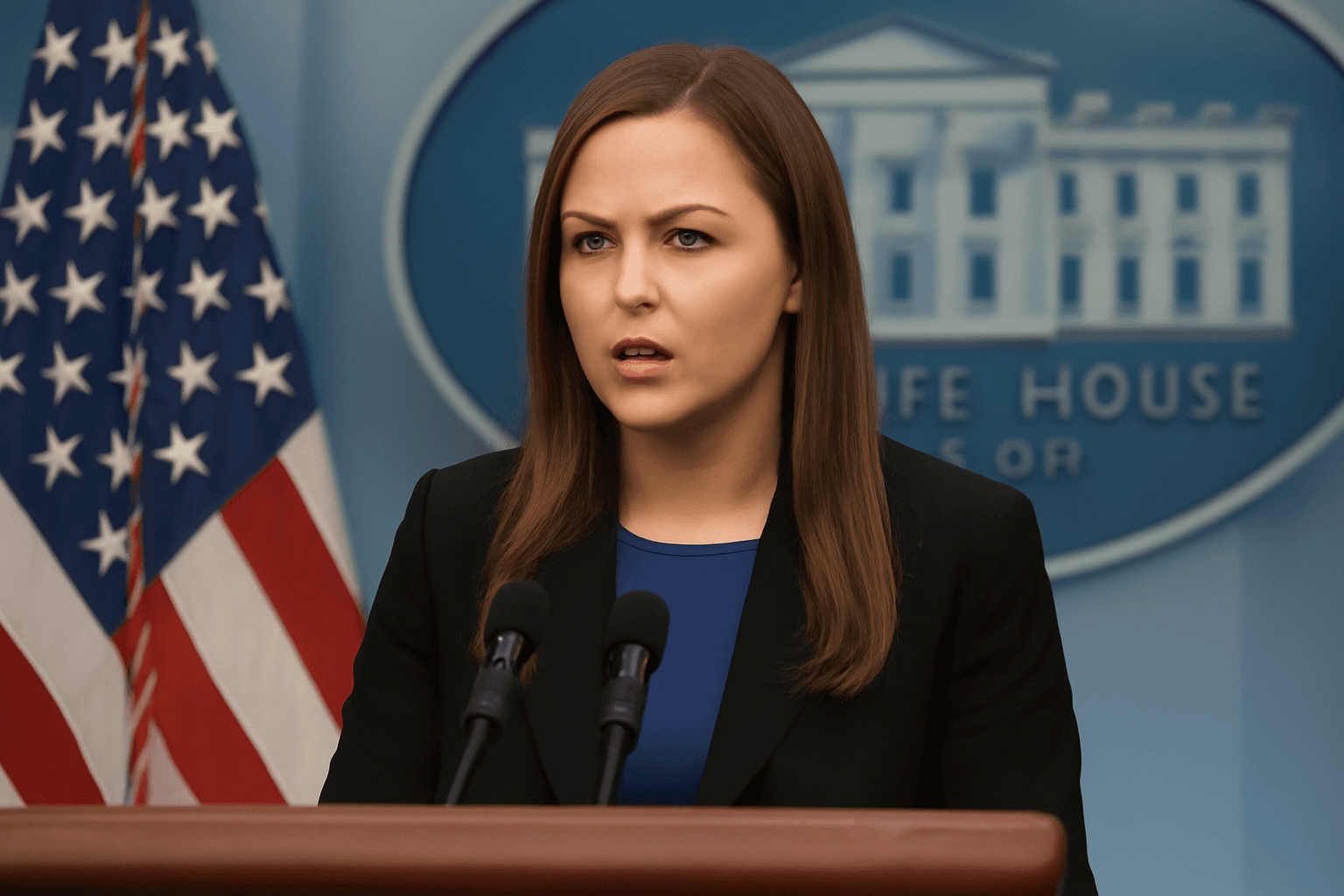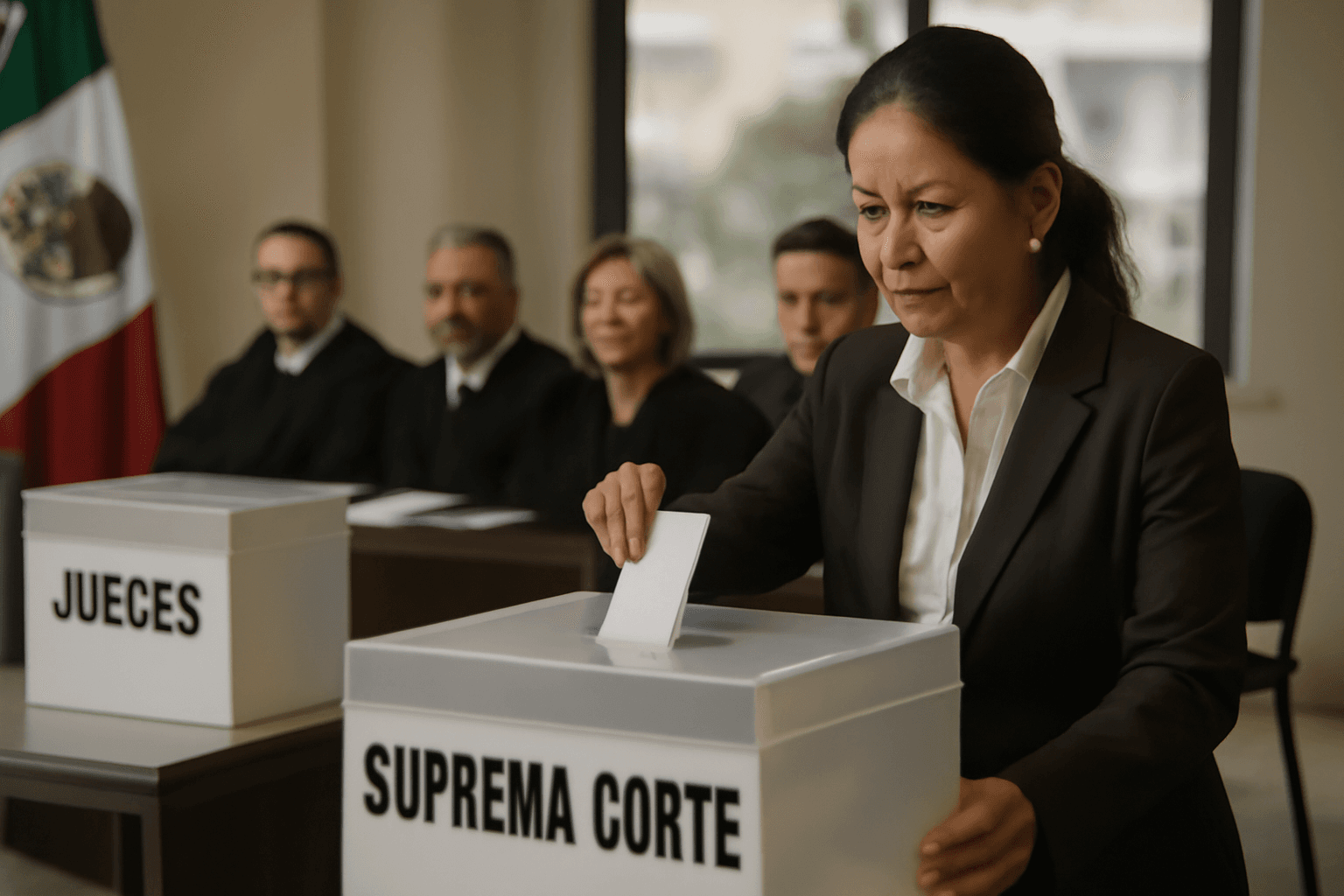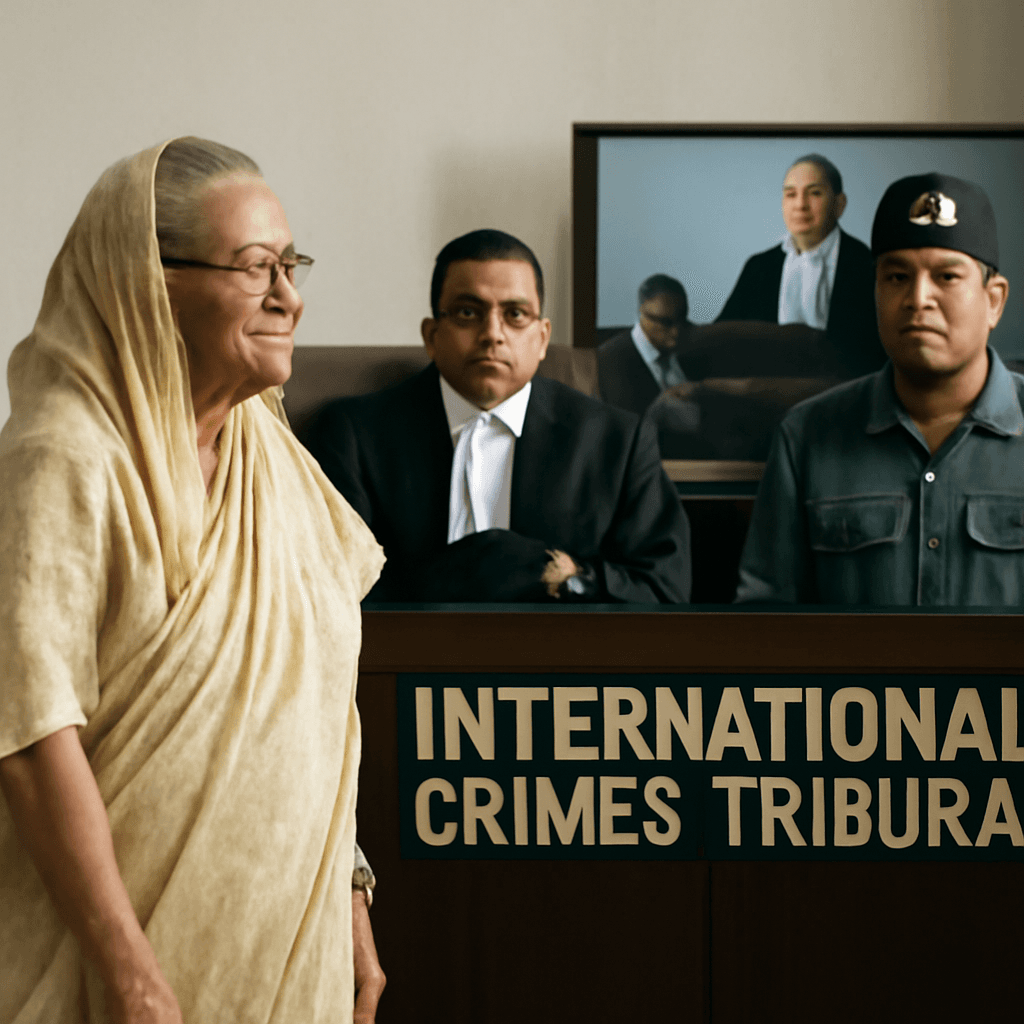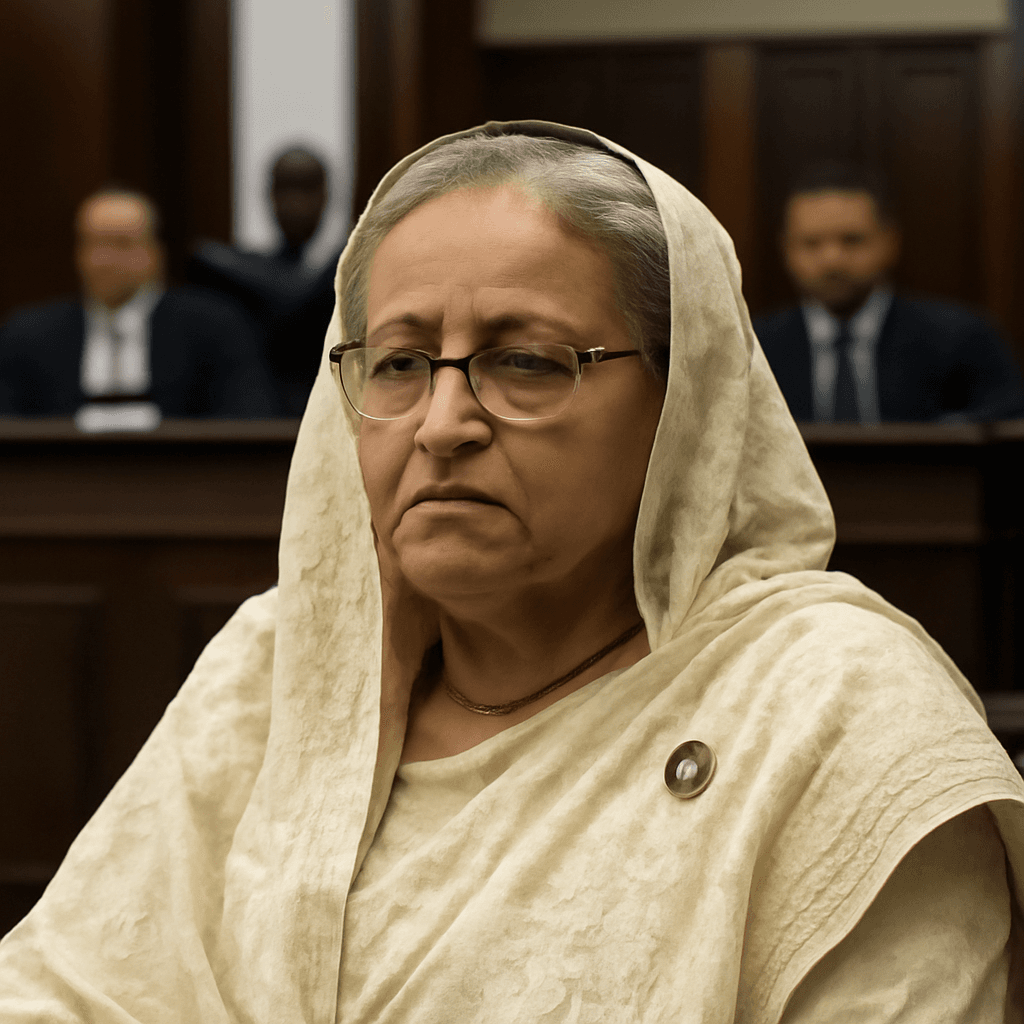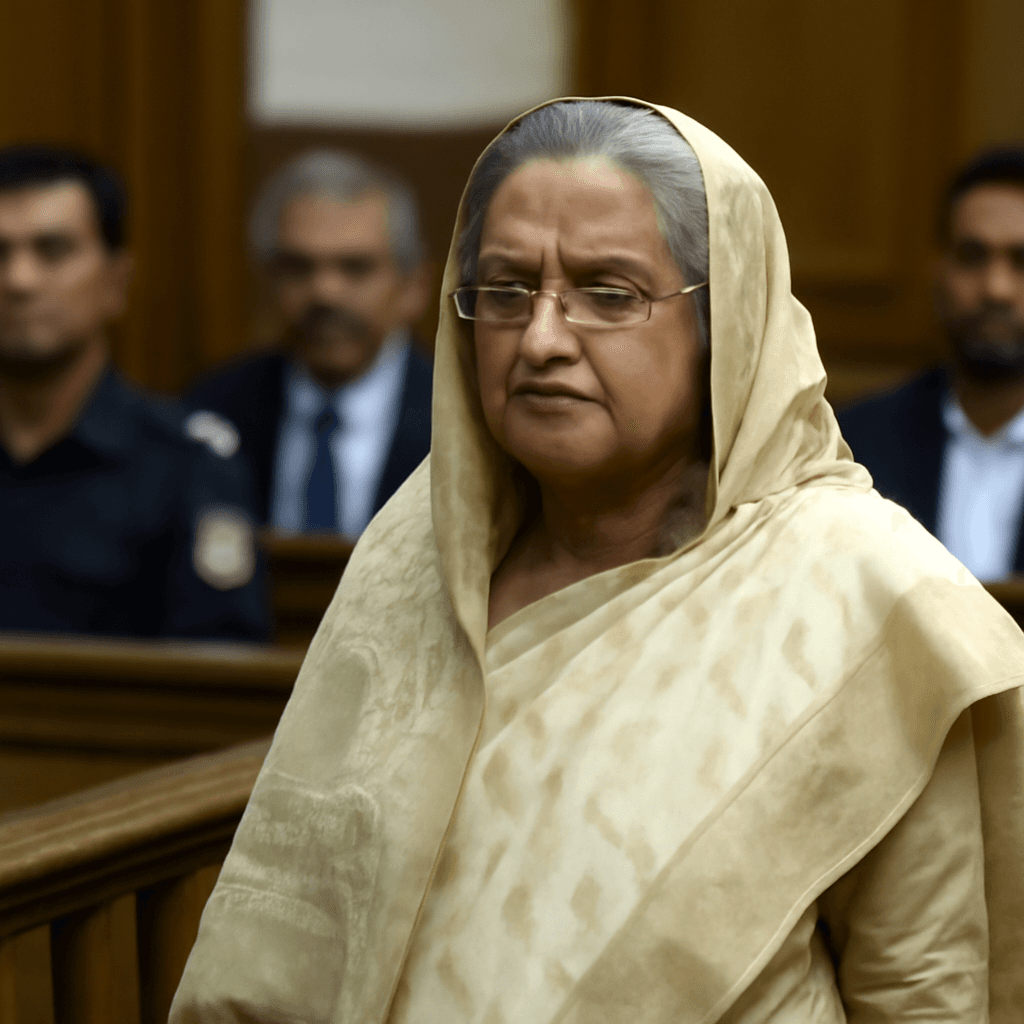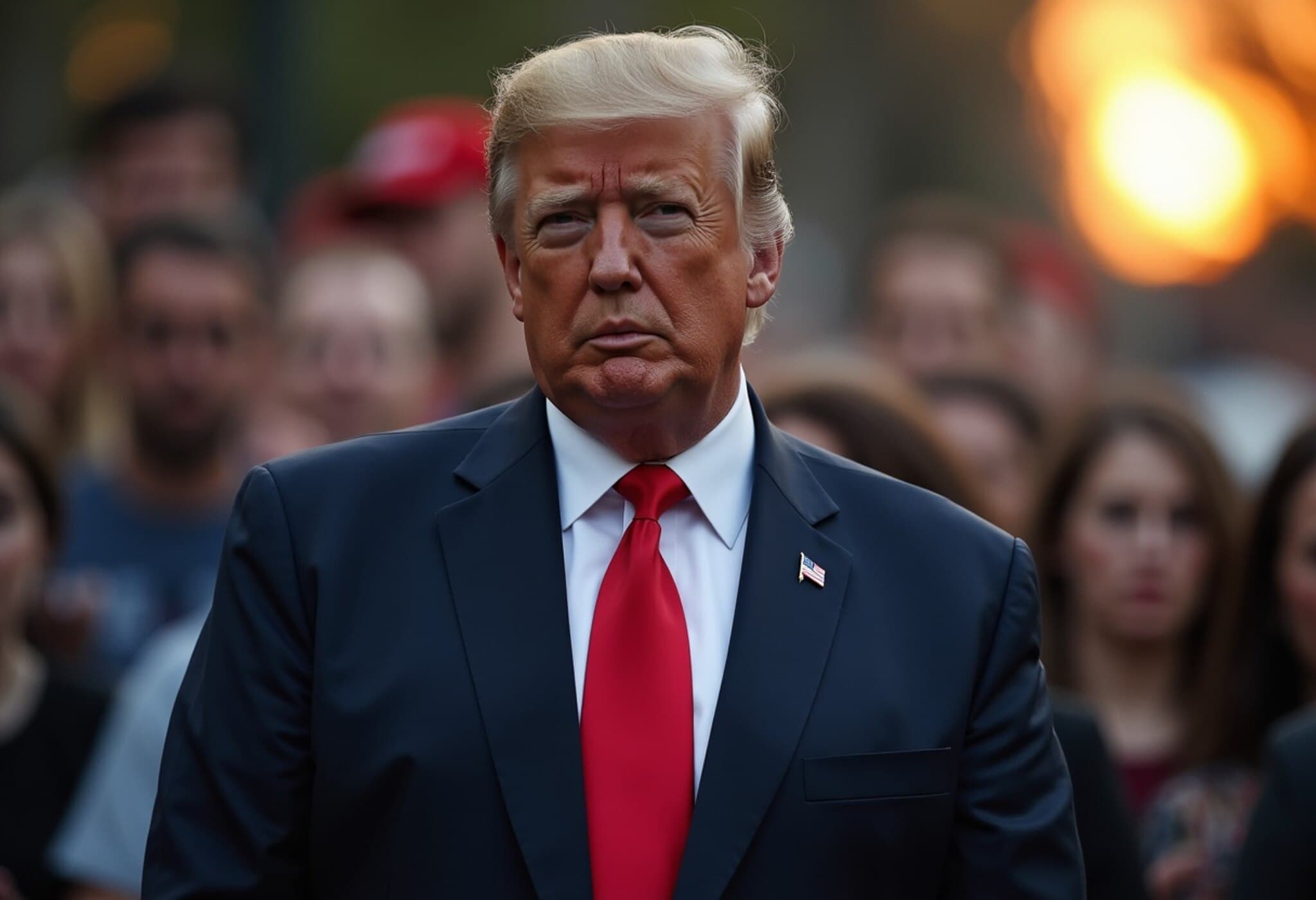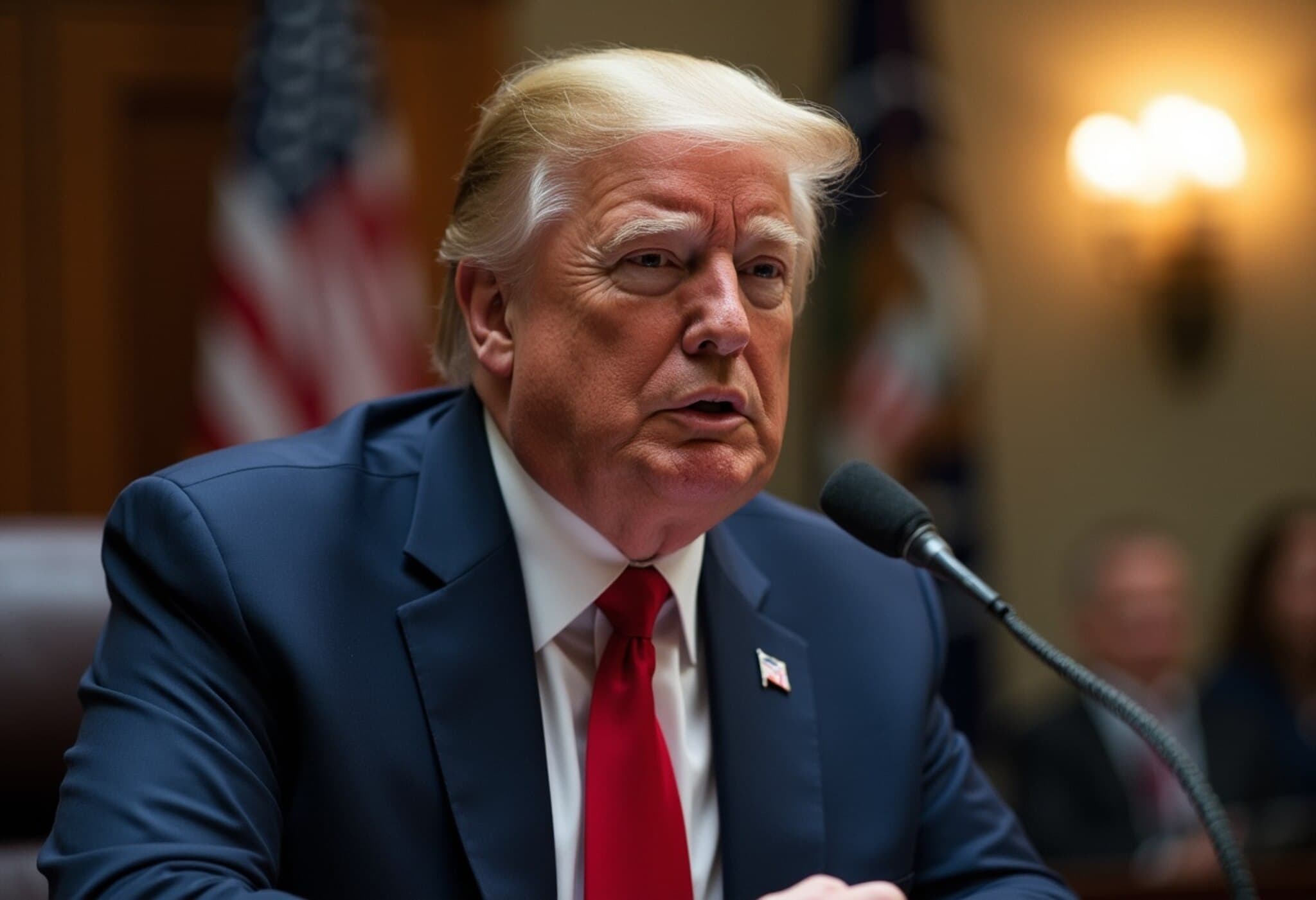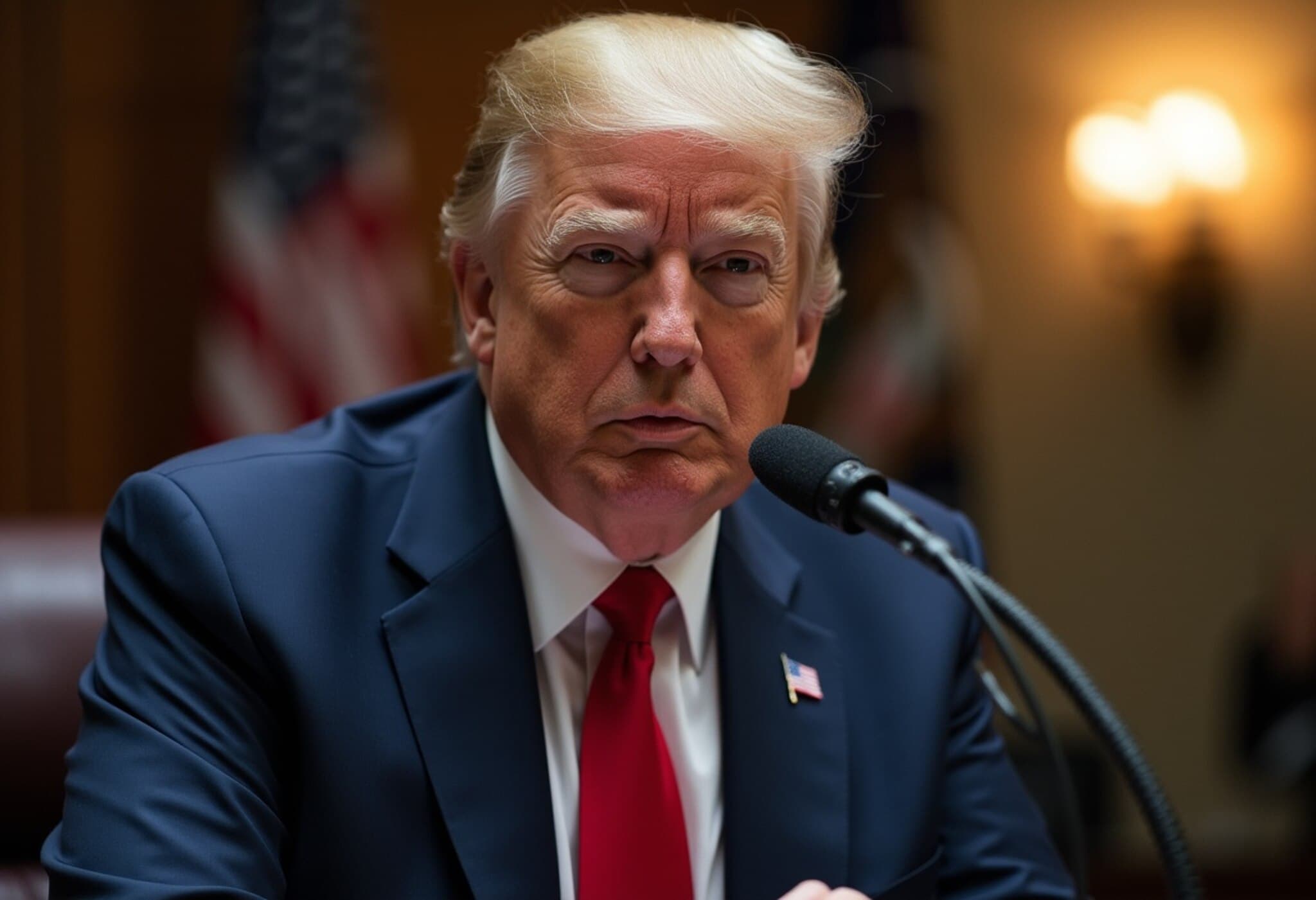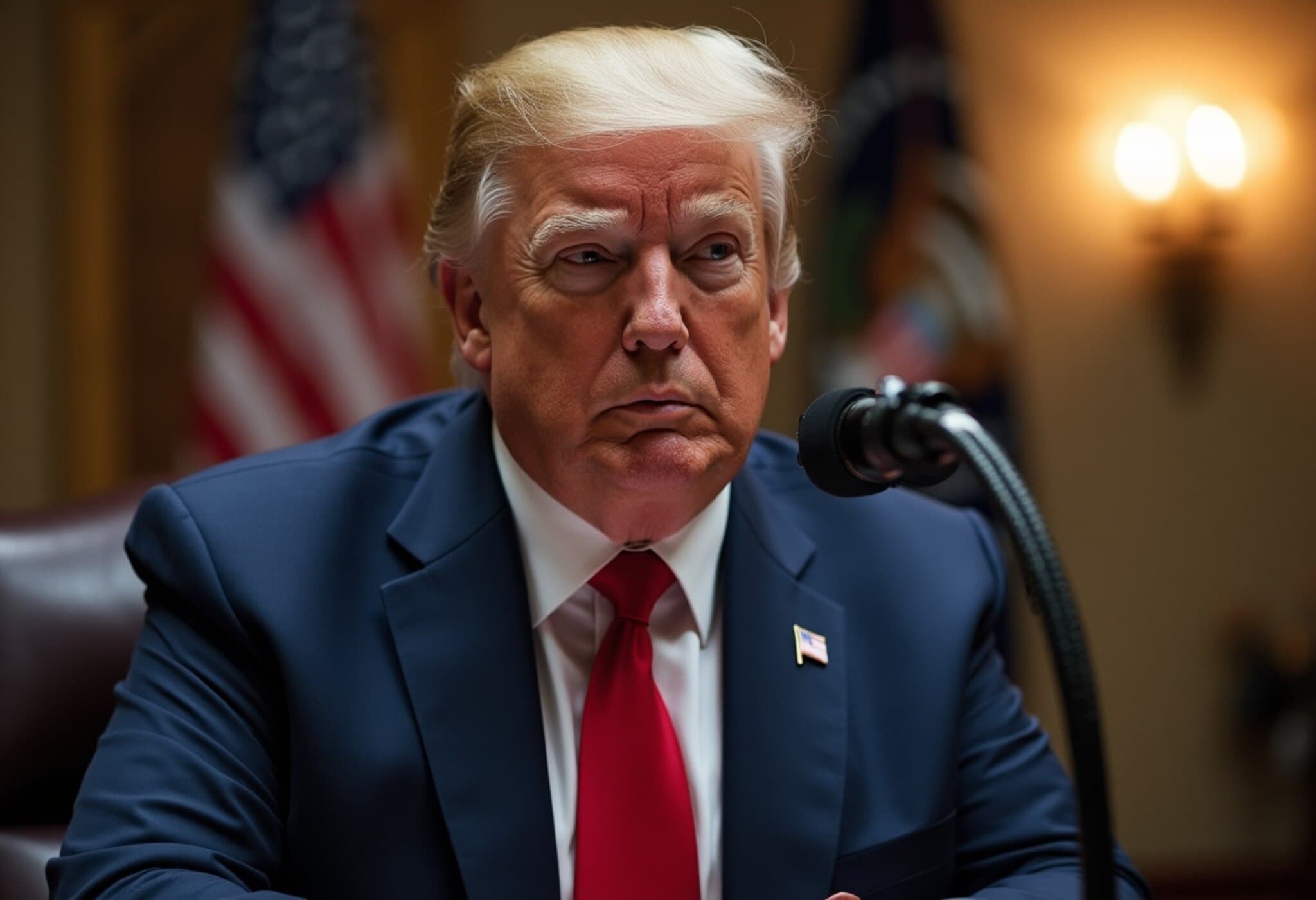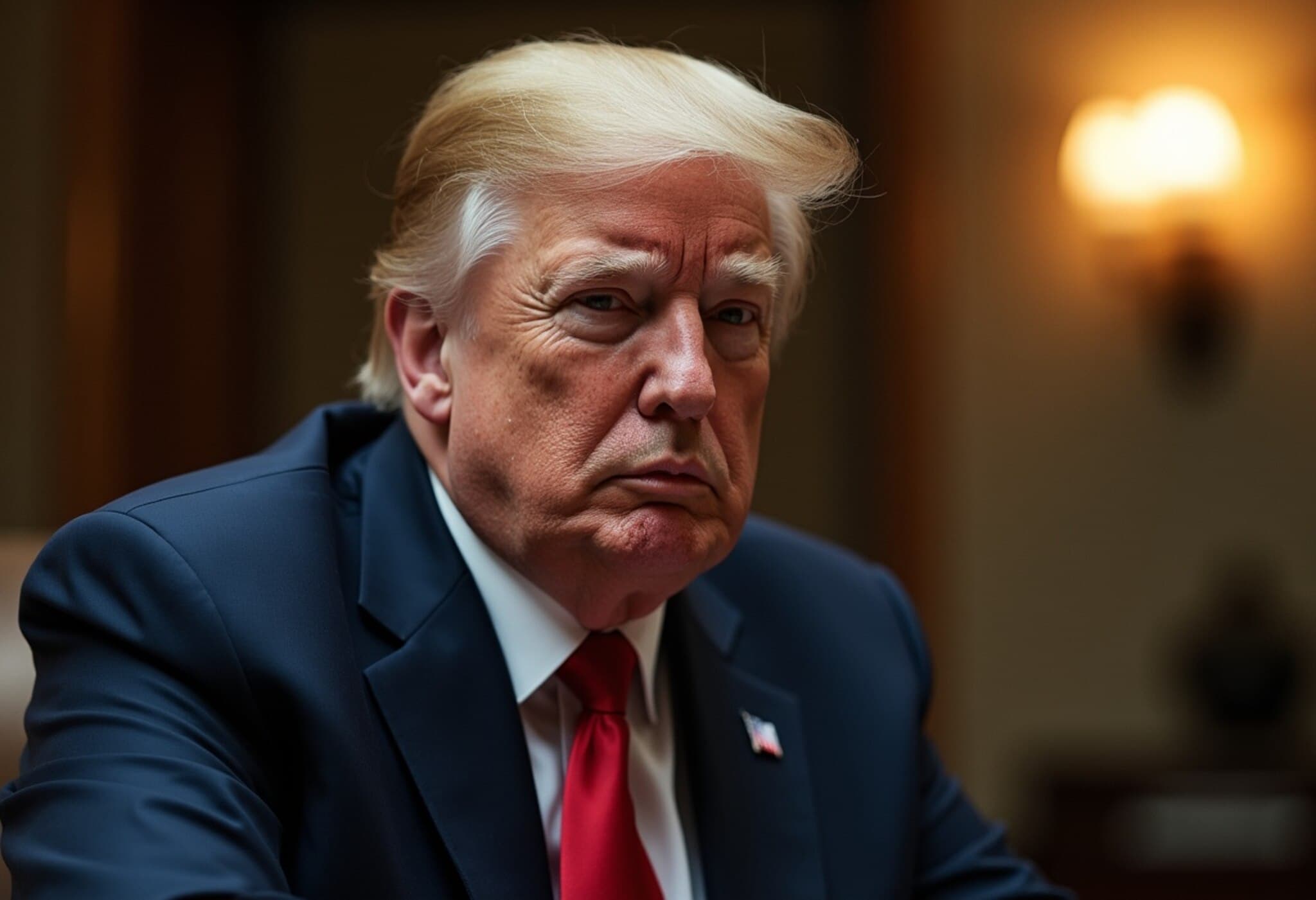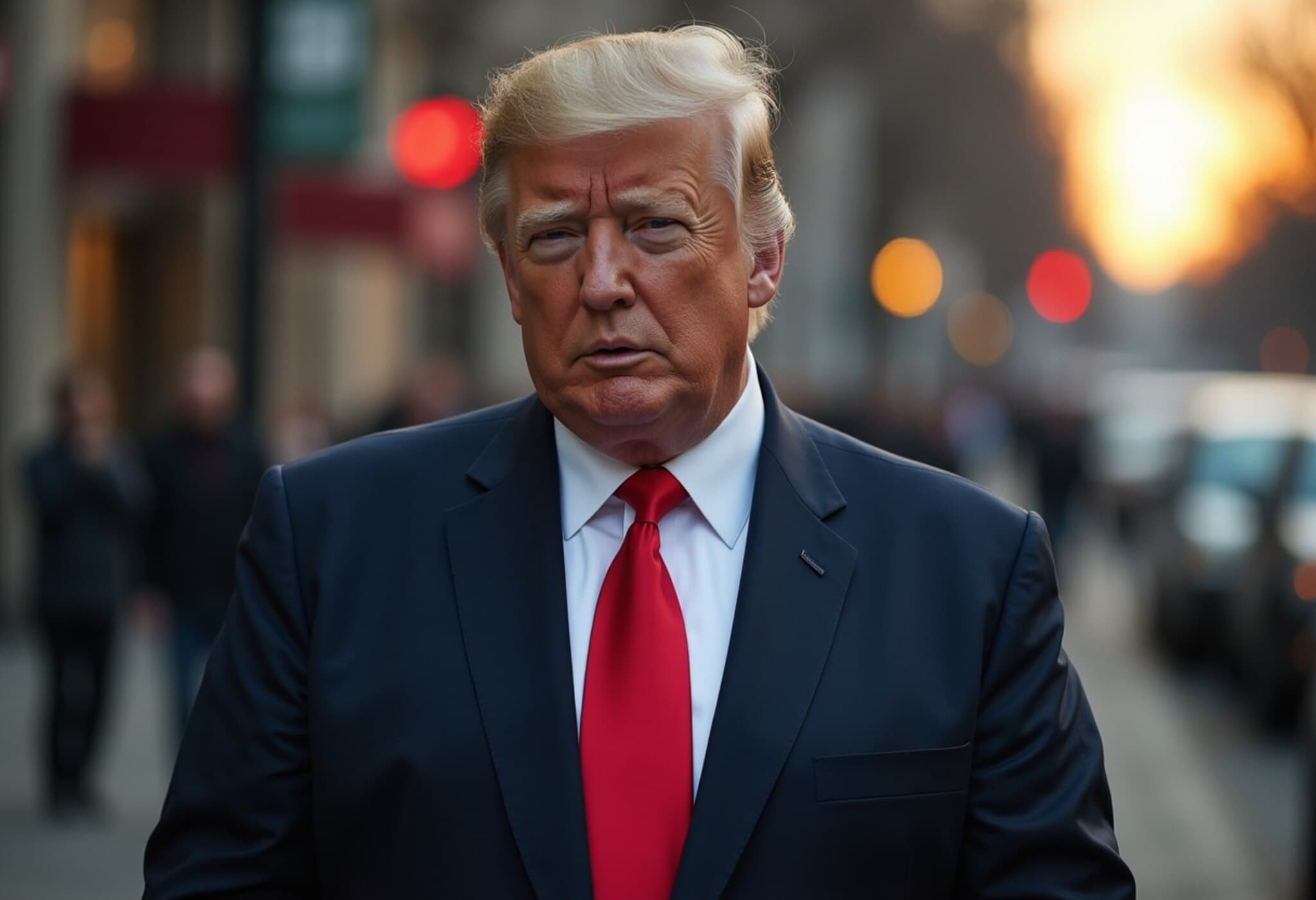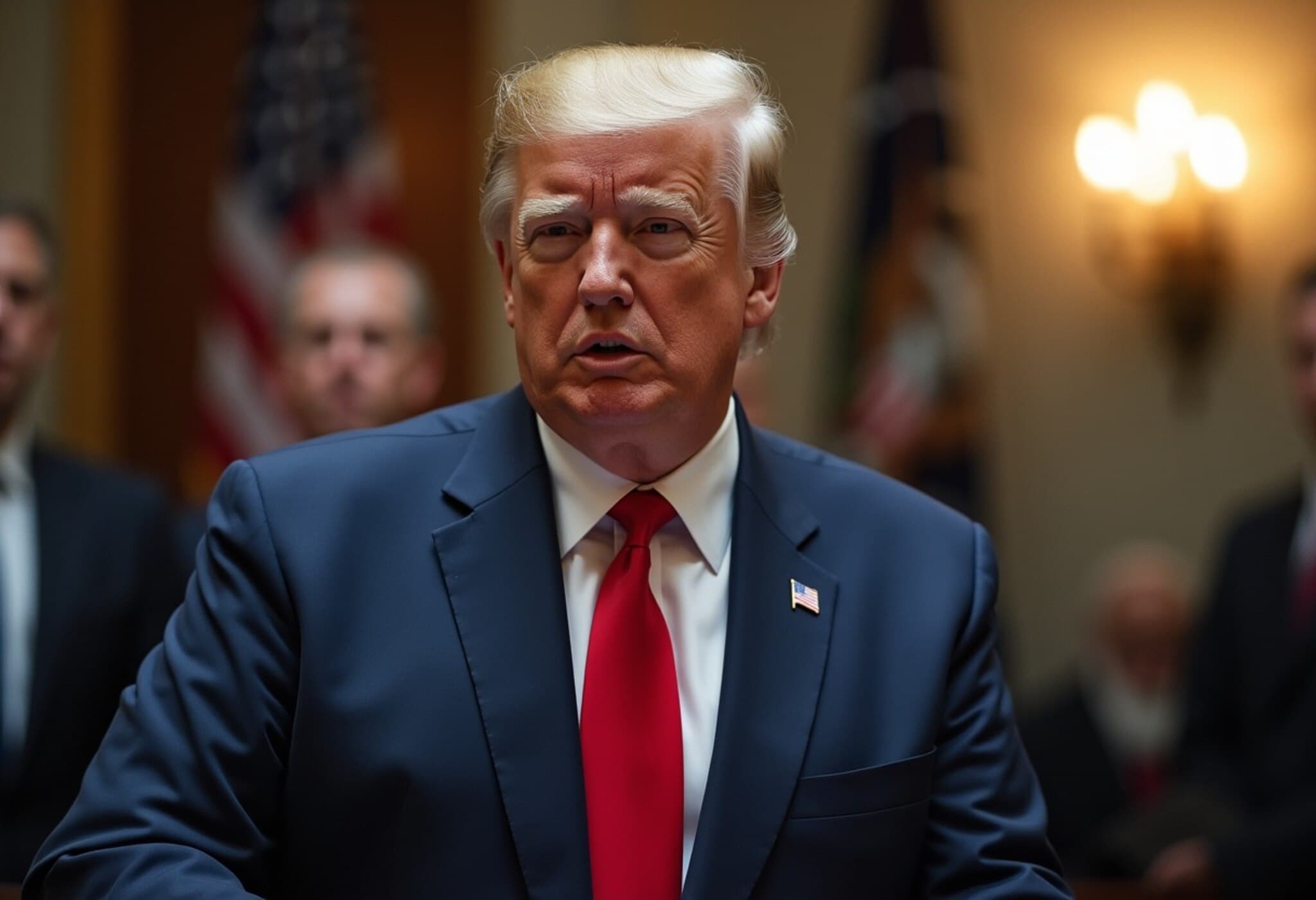Attorney General Pam Bondi Briefed Trump on Epstein Documents, WSJ Reports
In a striking development reported by The Wall Street Journal (WSJ), Attorney General Pam Bondi reportedly informed then-President Donald Trump in May 2025 that his name appeared multiple times in the controversial Jeffrey Epstein files. The documents in question, said to contain unverified hearsay, also referenced several other high-profile individuals who had social associations with Epstein.
Context Behind the Report: Trump vs. The Wall Street Journal
This revelation comes amidst ongoing legal disputes involving Donald Trump and Rupert Murdoch’s media empire. Recently, Trump filed a lawsuit against the WSJ and Murdoch after the paper published claims that Trump had sent a birthday note to Epstein, which Trump condemned as "fake" and inappropriate. The lawsuit underscores the high stakes involved in managing public perception and media narratives surrounding Epstein’s contentious legacy.
What Did the Epstein Files Contain?
- Names and social connections with Epstein, including Trump.
- Unverified rumors and hearsay about the listed individuals.
- Details investigated by the Department of Justice (DOJ) and FBI but deemed insufficient for prosecution.
Bondi and her deputy Todd Blanche reportedly provided routine briefings to the President outlining these findings. They emphasized that the files did not warrant further legal action.
White House Pushback: Labeling WSJ Report as 'Fake News'
The White House swiftly rejected the WSJ story. Steven Cheung, White House Communications Director, dismissed the report on CNBC as “fake news” and defended President Trump’s past actions, specifically highlighting that Trump had banned Epstein from his Mar-a-Lago club, labeling Epstein a “creep.”
Cheung framed the article as part of a broader pattern of politically motivated media attacks, drawing parallels to the former administration’s Russiagate scandal coverage. This rhetoric underscores the continuing polarization surrounding Epstein-related narratives.
Legal and Political Implications
While appearing in the Epstein documents might cast a shadow of suspicion due to Epstein’s criminal activities, experts caution that mere mention does not imply wrongdoing. Epstein maintained complex social networks that encompassed numerous influential individuals, complicating the narrative.
From a legal standpoint, the DOJ and FBI’s conclusion—as reiterated by Bondi and Blanche—was that the documentation did not justify further investigation or charges. The move to unseal grand jury transcripts, however, could prompt renewed scrutiny and public interest, especially given the high-profile names involved.
Why This Matters for the American Public
- Transparency: Public demands for clarity about Epstein’s connections with elites remain intense.
- Media Accountability: Differing stories from trusted news outlets versus official denials highlight challenges in truth discernment.
- Political Polarization: The case exemplifies how sensitive information can be weaponized amid partisan divides.
Expert Commentary: Navigating Fact and Fiction
Legal analysts emphasize the importance of distinguishing between allegations supported by evidence and mere associations. Epstein’s extensive social web makes it easy for many individuals’ names to surface, but connection alone isn’t guilt.
Media scholars also note the role of confirmation bias in how audiences interpret such reports—supporters of Trump are likely to dismiss the WSJ's report outright, while critics may view it as further validation of their concerns.
Looking Ahead: The Epstein Files Unsealed?
The legal filings to unseal grand jury transcripts linked to Epstein could shed more definitive light on the extent of any involvement by named parties, including Trump. However, such releases also risk fueling misinformation without careful journalistic vetting and contextualization.
Editor’s Note
The WSJ’s report and White House rebuttal highlight the intricate dance between media, legal processes, and political narratives. As new information emerges, it becomes vital for readers to critically assess sources, understand the difference between documented facts and allegations, and recognize the broader sociopolitical stakes involved. How the Epstein files impact public trust in institutions and media scrutiny will remain a pivotal question in the months to come.

